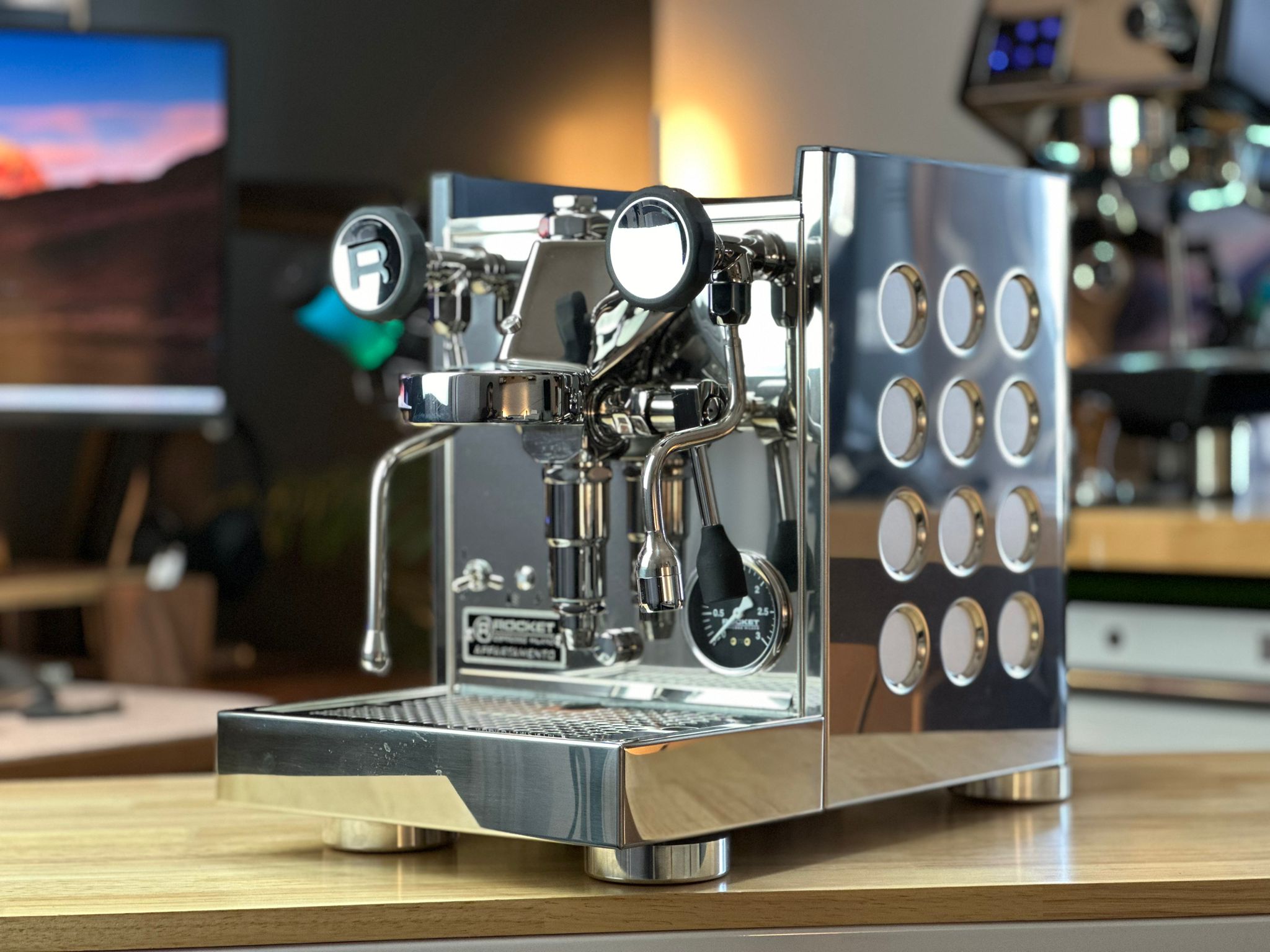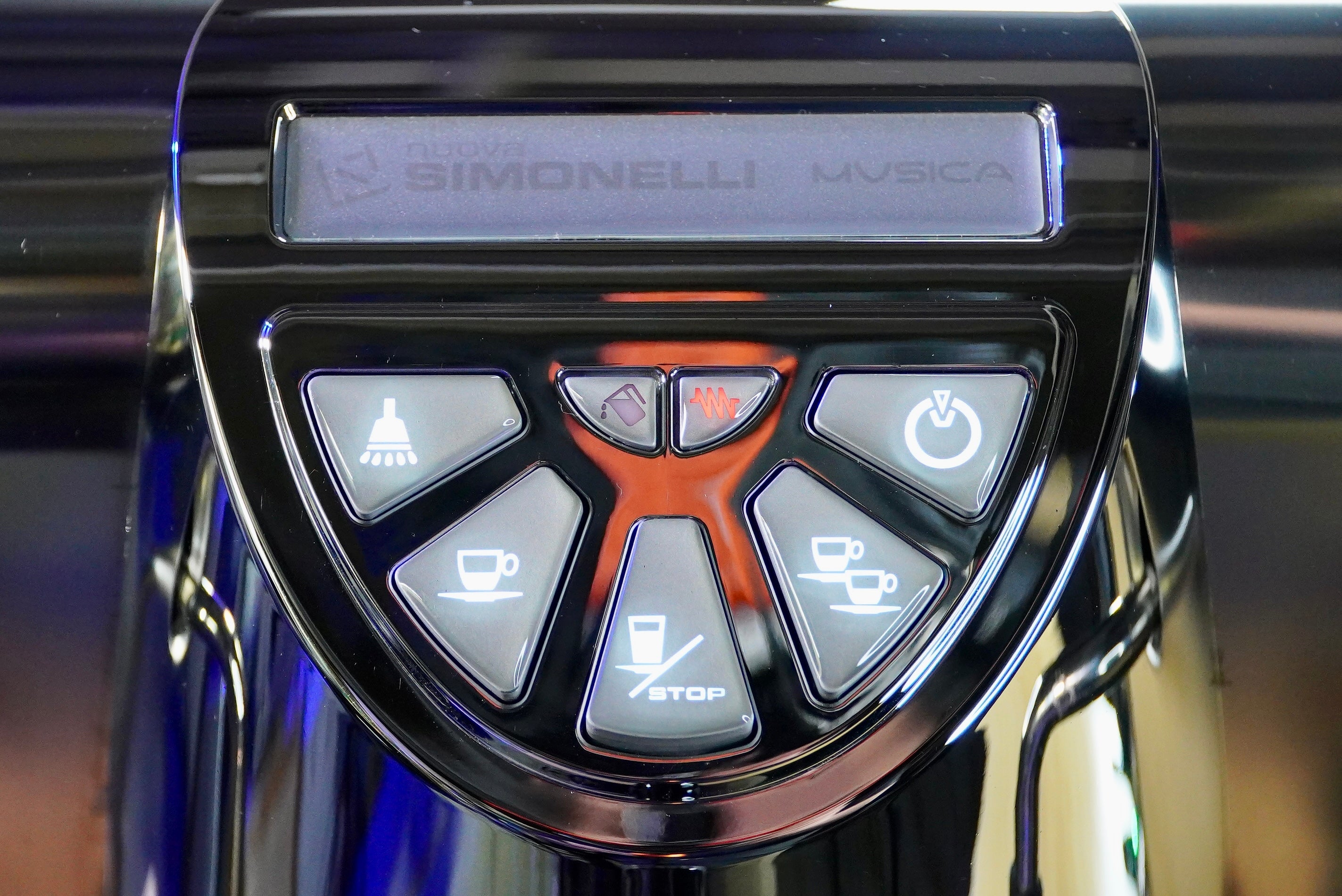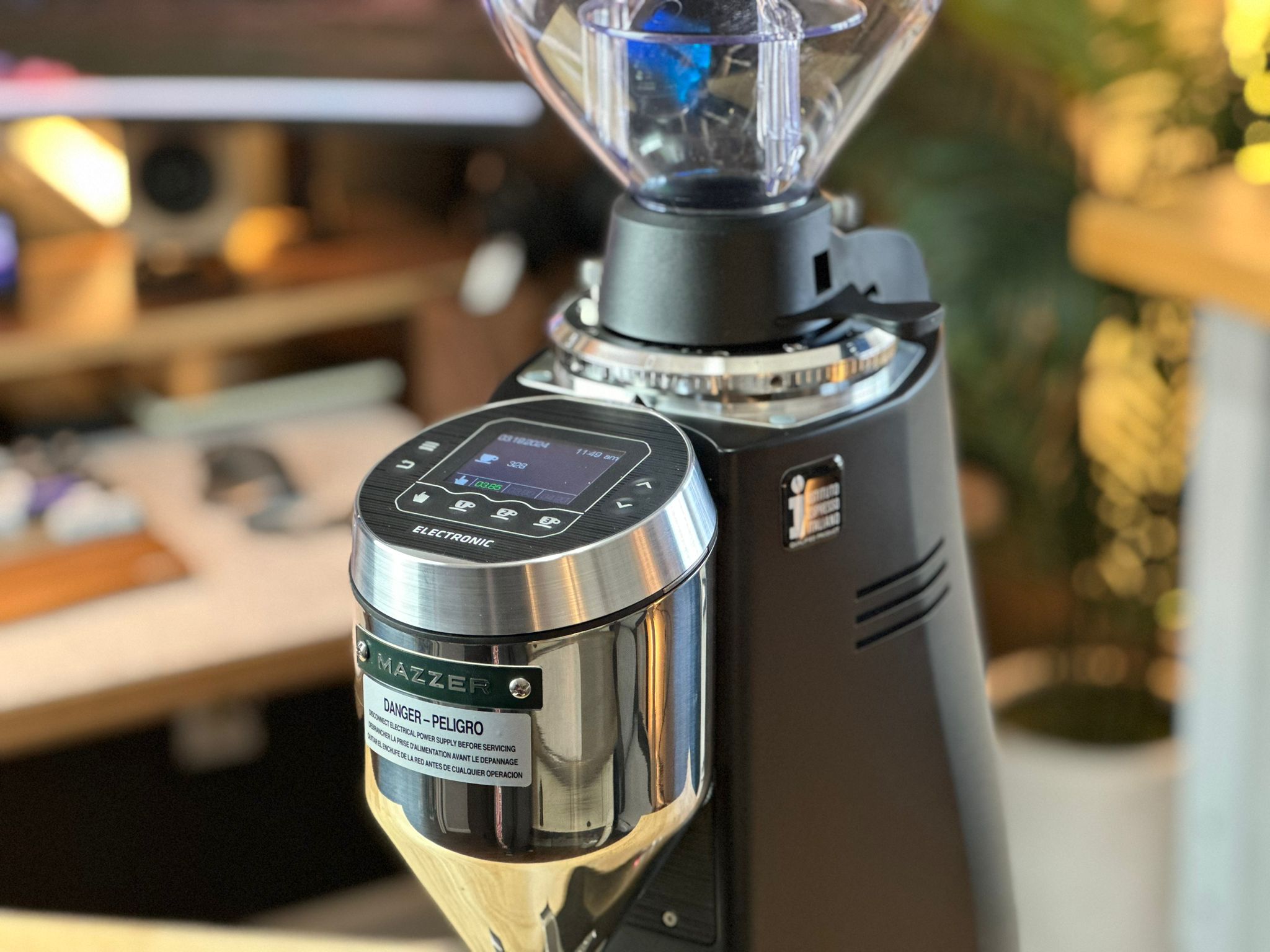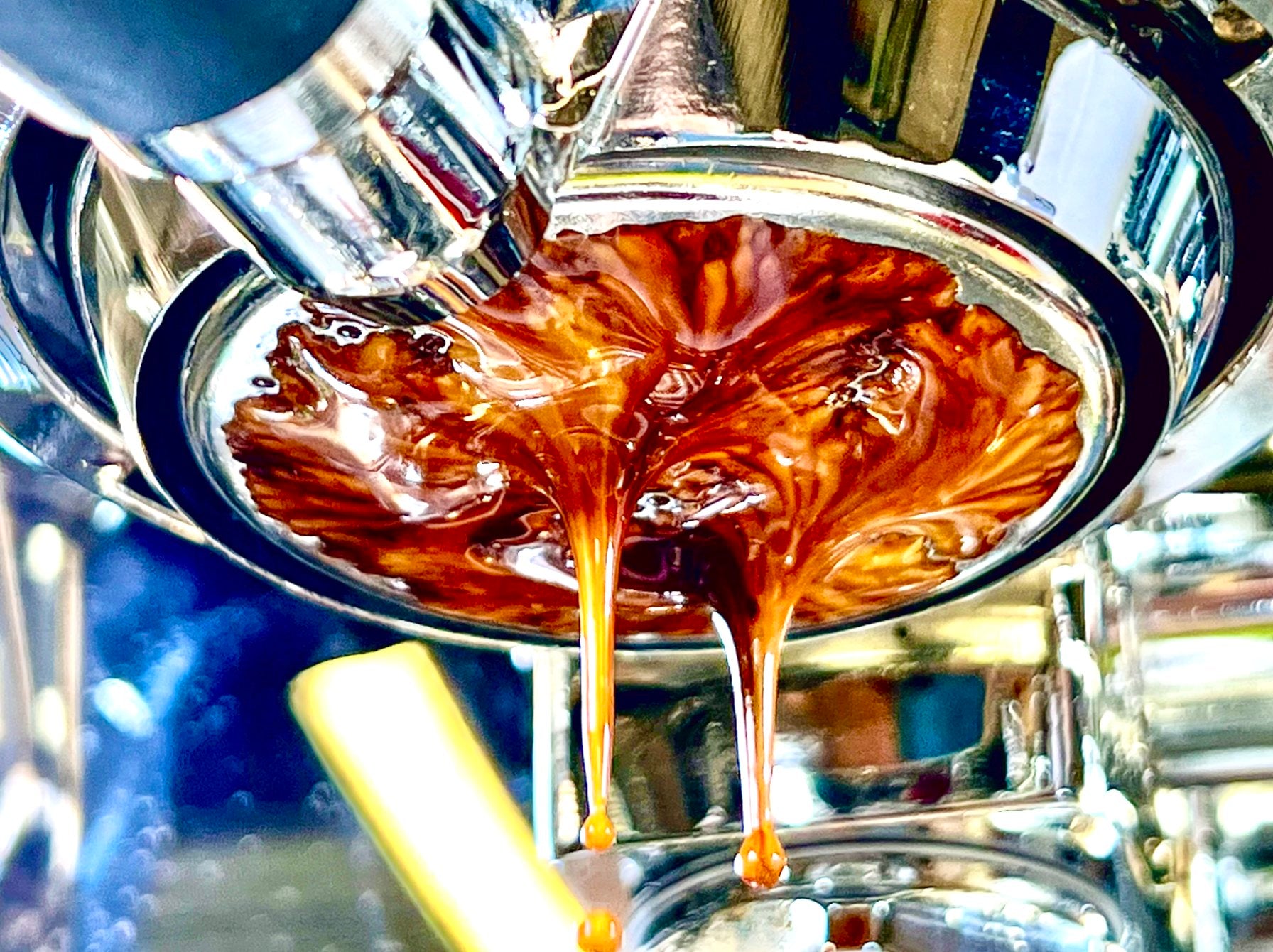Extraction Yield in Espresso: A Comprehensive Overview
Introduction
Extraction yield is a critical concept in espresso brewing, representing the percentage of soluble material from coffee grounds that is dissolved into the brewed coffee. It plays a key role in determining the flavor, strength, and overall quality of an espresso shot. Understanding extraction yield, how it works, and its relationship with other variables such as grind size, brew time, water temperature, and pressure, is essential for baristas and coffee enthusiasts striving to optimize espresso preparation.
This article will explore extraction yield in great detail, covering its definition, the factors affecting it, methods for measurement, and its impact on the sensory characteristics of espresso.
Definition of Extraction Yield
Extraction yield is the percentage of the total dry coffee mass that ends up dissolved in the water. This includes acids, sugars, oils, and other soluble compounds that contribute to the flavor and body of espresso. Typical extraction yields for espresso fall within the range of 18% to 22%, with the Specialty Coffee Association (SCA) recommending an optimal range of around 18% to 20% for balanced flavor.
The calculation for extraction yield is:
Where:
- TDS (Total Dissolved Solids) is the concentration of soluble coffee compounds in the brewed coffee, typically measured with a refractometer.
- Brewed Coffee Weight is the weight of the finished espresso shot.
- Dry Coffee Mass is the weight of the ground coffee used to brew the espresso.
Importance of Extraction Yield in Espresso
The extraction yield has a significant impact on the taste of espresso. Different flavor compounds are extracted from coffee at different stages:
- First stage: Acids are extracted early, providing brightness and sharpness.
- Second stage: Sugars and oils are extracted next, adding sweetness, body, and richness.
- Final stage: Bitter compounds like tannins and cellulose are extracted last, often contributing to an unpleasant bitterness if over-extracted.
The extraction yield determines how much of these compounds are dissolved and thus influences the overall balance of the espresso. Achieving the correct extraction yield is key to ensuring that an espresso is neither under-extracted (too sour and weak) nor over-extracted (too bitter and harsh).
Factors Affecting Extraction Yield
1. Grind Size
Grind size is one of the most critical factors influencing extraction yield. Finer grinds increase the surface area of the coffee grounds, making it easier for water to extract soluble compounds. Coarser grinds, on the other hand, reduce surface area and slow down the extraction process.
- Finer grinds tend to produce higher extraction yields, as more coffee compounds are dissolved during the brewing process.
- Coarser grinds generally result in lower extraction yields, leading to under-extracted coffee, which is often sour or acidic due to incomplete extraction of the sugars and oils.
2. Water Temperature
Water temperature is another crucial factor in determining extraction yield. Higher temperatures increase the rate of extraction by breaking down soluble compounds more efficiently. Espresso brewing typically occurs between 88°C and 94°C (190°F and 201°F).
- Higher temperatures (>94°C) can increase extraction yield, but also run the risk of over-extraction, leading to bitter flavors.
- Lower temperatures (<88°C) may result in under-extraction, as the water cannot dissolve enough solubles, leaving the coffee tasting sour or thin.
3. Brew Time
Brew time is the duration for which water is in contact with the coffee grounds. In espresso, the standard shot time is typically between 25 and 30 seconds.
- Longer brew times extract more soluble compounds, increasing the extraction yield but also potentially introducing more bitter compounds.
- Shorter brew times reduce the extraction yield, potentially leading to under-extraction, as not enough flavor compounds are dissolved.
4. Water Pressure
Espresso machines use water pressure to force water through tightly packed coffee grounds. The standard brewing pressure is around 9 bars.
- Higher pressure increases the speed of extraction, potentially raising the extraction yield.
- Lower pressure might slow down extraction, reducing the yield.
Pressure plays a more nuanced role in extraction yield, as very high pressure can lead to over-extraction or uneven extraction (channeling), while low pressure can result in weak, under-extracted espresso.
5. Coffee Dose
The amount of coffee used in brewing (often referred to as the "dose") also affects extraction yield. A higher dose (more coffee) will lower the percentage extraction yield if other variables remain constant, as more coffee grounds are present to contribute soluble compounds.
- Higher dose reduces extraction yield if other variables remain unchanged.
- Lower dose increases extraction yield but may lead to over-extraction if not balanced with the other variables.
Measurement of Extraction Yield
1. Total Dissolved Solids (TDS)
TDS is measured using a refractometer and gives an indication of how concentrated the solubles are in the brewed espresso. By knowing the TDS, the extraction yield can be calculated. A typical espresso has a TDS range between 8% and 12%, although this can vary depending on the desired strength and the specific coffee beans used.
2. Refractometers
Refractometers are used to measure the TDS by analyzing the refractive index of the espresso. This measurement is highly precise and allows baristas and coffee professionals to assess the extraction yield with scientific accuracy.
Ideal Extraction Yield Range for Espresso
The Specialty Coffee Association (SCA) recommends a target extraction yield between 18% and 22%. Staying within this range typically results in a well-balanced espresso with an optimal extraction of acids, sugars, and oils, without excessive bitterness.
- Below 18% extraction yield: The espresso is likely to be under-extracted, leading to sour, weak flavors. This occurs when insufficient soluble material is dissolved from the coffee grounds.
- Above 22% extraction yield: The espresso is over-extracted, often tasting bitter, dry, and astringent. This happens when too many undesirable compounds (such as tannins and cellulose) are dissolved during brewing.
Impact of Extraction Yield on Flavor
1. Under-extraction (Yield < 18%)
Under-extracted espresso generally tastes sour and lacks sweetness. Acids are among the first compounds to dissolve in water, so they dominate the flavor profile in under-extracted espresso. Under-extracted coffee can also taste "thin" or "watery," as there is not enough soluble material dissolved to give the espresso its characteristic body.
2. Ideal Extraction (Yield 18-22%)
An ideal extraction yield results in a balanced espresso, where all flavor compounds—acids, sugars, oils, and bitters—are extracted in harmony. This creates a well-rounded cup with brightness, sweetness, and a smooth finish.
3. Over-extraction (Yield > 22%)
Over-extracted espresso tends to taste bitter, dry, and overly harsh. During the final stages of extraction, undesirable compounds like tannins and cellulose are dissolved. These compounds contribute to astringency and bitterness, overpowering the more pleasant flavors of acids and sugars.
Experimental Data and Case Studies
A study conducted by the Journal of Coffee Research found that extraction yields outside the recommended range of 18-22% led to a significant decrease in sensory quality, with espresso tasting either too sour or overly bitter depending on whether it was under- or over-extracted. In experiments where extraction yield was precisely controlled, shots with a yield of 19-20% scored highest in sensory evaluations, balancing acidity, sweetness, and body.
Another case study from the Specialty Coffee Association explored the relationship between extraction yield and different brew variables (grind size, temperature, pressure). It confirmed that extraction yield correlates closely with sensory perceptions and can be adjusted to emphasize specific flavor attributes of particular coffee beans, especially when dealing with single-origin coffees with complex flavor profiles.
Conclusion
Extraction yield is a crucial metric for espresso brewing, as it directly impacts the balance of flavors in the cup. Achieving an extraction yield within the optimal range of 18-22% ensures that the right balance of acids, sugars, and bitters is extracted, producing a well-rounded and enjoyable espresso. Understanding the factors that influence extraction yield—such as grind size, water temperature, pressure, and brew time—can help baristas fine-tune their recipes to maximize the flavor potential of the coffee.
References
- Illy, F., & Viani, R. (2005). Espresso Coffee: The Science of Quality. Elsevier.
- Barista Hustle. "Understanding Extraction Yield in Espresso." BaristaHustle.com, 2021.
- Smith, J. "Measuring Total Dissolved Solids and Extraction Yield." Journal of Coffee Research, 2020.
- Specialty Coffee Association. "Extraction Yield and Espresso: A Study on Variables and Flavor Balance." SCA Research Papers, 2021.











